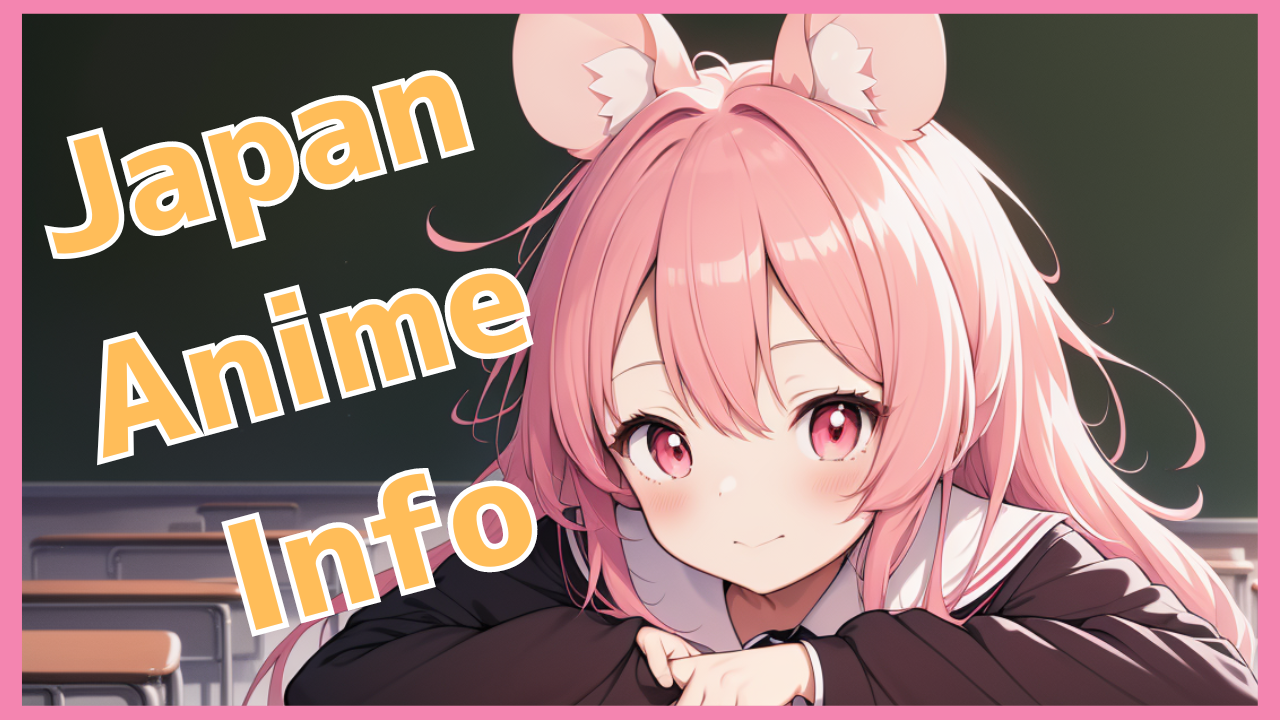Editor Ayumu Takahashi (hereafter, Takahashi): I’ve had a long relationship with PAWORKS and have been involved in various productions. I’ve often worked with the director, Osamu Homma. He asked me to work with him again this time, so I said “Yes, please!” and we are currently working together.
-What was your impression when you first heard about the work “Mayo Pan”?
Takahashi: When I first heard that we would be doing an anime about video uploaders, I thought that this would have a similar taste, since PAWORKS has done a lot of work-related stuff, such as “Hanasaku Iroha” (broadcast in 2011) and “SHIROBAKO” (broadcast from 2014 to 2015), but then I heard that vampires would appear. I think that Homma’s light footwork and touch create a more pop atmosphere than usual PAWORKS works, while adding a little fantasy and comedy elements to the youth stories that are typical of PAWORKS.
–Editing involves deciding the length and timing based on the material, but could you explain what that job entails in detail?
Takahashi: To put it simply, TV anime has a broadcast length excluding the OP and ED themes, which is 20 minutes and 40 seconds in this case, and my job is to figure out how to fit the work into that frame. In fact, the storyboard stage often exceeds the broadcast length. In this case in particular, it was 2 to 3 minutes over, which was more than other works, but the director told me that he wanted to make it “pop and fast-paced.”
To do this, I work on the lines, occasionally suggesting things like “Maybe the tempo would be better if you removed this cut,” and if there’s something I’m not sure about, I ask “What does this mean?” In this way, I communicate with the director and producers until I have finished the footage into a single broadcast length.
–In anime production, what step does editing take place in?
Takahashi: Basically, we edit before dubbing and make it the broadcast length at that point. In the case of this work, Director Homma said, “I want to take care of the tempo of the dialogue exchanges,” so we received the dialogue data from the dubbing and re-edited it before dubbing. The audio is finalized during dubbing, so everything has to be decided before dubbing. Other parts other than the audio are worked on before the video is fully packaged.
–The tempo of a work is affected by editing, so I think that, to put it in extreme terms, the same work could end up becoming something completely different depending on who edits it.
Takahashi: To a certain extent, it is decided in the storyboard, so as long as it does not go too far over the storyboard, there will be no difference, but for example, when it goes over 3 minutes, the skill of the editor will come into play in deciding where to cut. You may also be able to see the individual aspects of each person, such as those who are good at drama and those who are good at action.


コメント